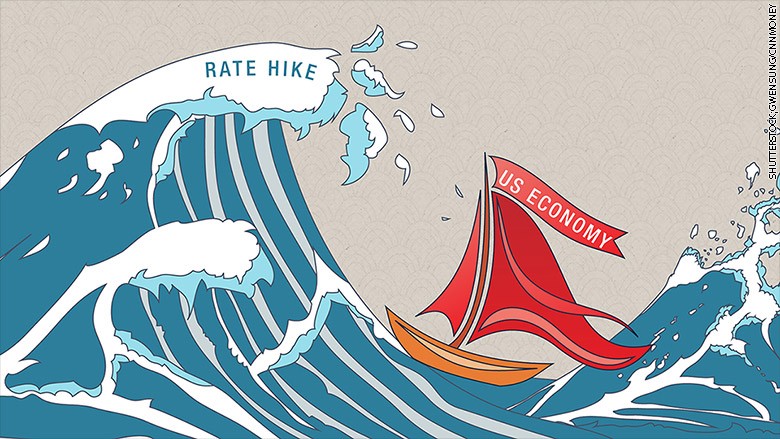How many funds is too many for your retirement portfolio Feb 3 2015
Post on: 17 Июль, 2015 No Comment

My wife and I work with an adviser who has invested our $2 million in savings in 17 different mutual funds. Do we really need that many funds? — Robert S. California
The premise behind building a diversified portfolio with a broad mix of assets is that some of your investments may be zigging as others zag. So while the stock portion of your portfolio is getting hammered — as has been the case already several times this year — bonds are able to provide a bit of ballast. Over the long term, this allows your portfolio to generate a higher return for a given level of risk.
But you don’t have to do anything very fancy to reap the benefits of this zigzag effect. You can pretty much cover all the sectors of the stock and bond markets with just two or three broad index funds or ETFs. a total U.S. stock market index fund, a total bond market index fund and a total international stock market index fund. If you prefer, you can even get a totally diversified portfolio in a single fund: a target-date retirement fund.
I’m not saying you can’t make a case for adding a few more funds or ETFs: maybe a real estate, commodities or Treasury Inflation-Protected Securities (TIPS) fund to hedge against inflation, a short-term bond fund to provide a bit of protection against rising interest rates or a municipal bond fund for tax-free income. In retirement, throwing an immediate annuity into the mix can even make sense if you want more assured income than Social Security alone will provide.
But you certainly don’t need to invest in every obscure corner of the market or load up with every gimmicky new fund or ETF some investment firm comes up with in order to build a perfectly solid retirement portfolio. (Seriously, do investors really need a Lithium ETF?)
I don’t want to set a specific limit to the number of funds you should have — five, six, seven or whatever. But once you’ve got a diversified core portfolio, any extra potential benefit you may reap by piling on more investments declines. Monitoring and managing your portfolio also becomes more difficult, and rebalancing can become a real hassle. As you get into narrower and more arcane investments, fees are likely to go up as well, which can undermine performance.
And let’s be honest. At some point, adding more funds becomes less about improving diversification and more about the inclination to join the latest fad or demonstrate that one’s portfolio is state-of-the-art. Some advisers may also create complex portfolios in part to justify their fees.
So how should you proceed?
If you’re up to it, you can do a little legwork on your own by going to a tool like Morningstar’s Portfolio Manager. After plugging the names or ticker symbols of your funds, you’ll be able to see how your portfolio looks overall, how your savings are broken down by different asset classes, what you’re paying in underlying expenses and where holdings of these many funds may overlap. If nothing else, going through this exercise will show you whether your portfolio is truly diversified and jibes with your risk tolerance.

Next, I suggest you go to your adviser, express your concerns and ask him to demonstrate why you need so many funds. The keyword here is demonstrate.
I’d be surprised if your adviser couldn’t provide a quick justification for each fund choice. But I’d want more. I’d want an analysis that quantifies the benefit of having so many funds. How much, specifically, does it boost returns (after all fees are paid), reduce risk or both? I’d also want to see whether I could get similar performance with a much more streamlined portfolio of low-cost index funds or ETFs.
You’ve got enough money at stake here so that you should consider getting a second opinion. There’s no shortage of qualified advisers out there, so why not contact a few to see what they’d recommend, and what they’d charge? Fact is, the number of high-quality low-cost options for portfolio management is growing quickly these days. I don’t see how it would hurt to explore them.
If you choose to stick to your current portfolio (and adviser) rather than make a change, fine. It’s your call. But whatever you decide, you’re absolutely right to question whether 17 funds are more than enough.
Walter Updegrave is the editor of RealDealRetirement.com . If you have a question on retirement or investing that you would like Walter to answer online, send it to him at walter@realdealretirement.com .














